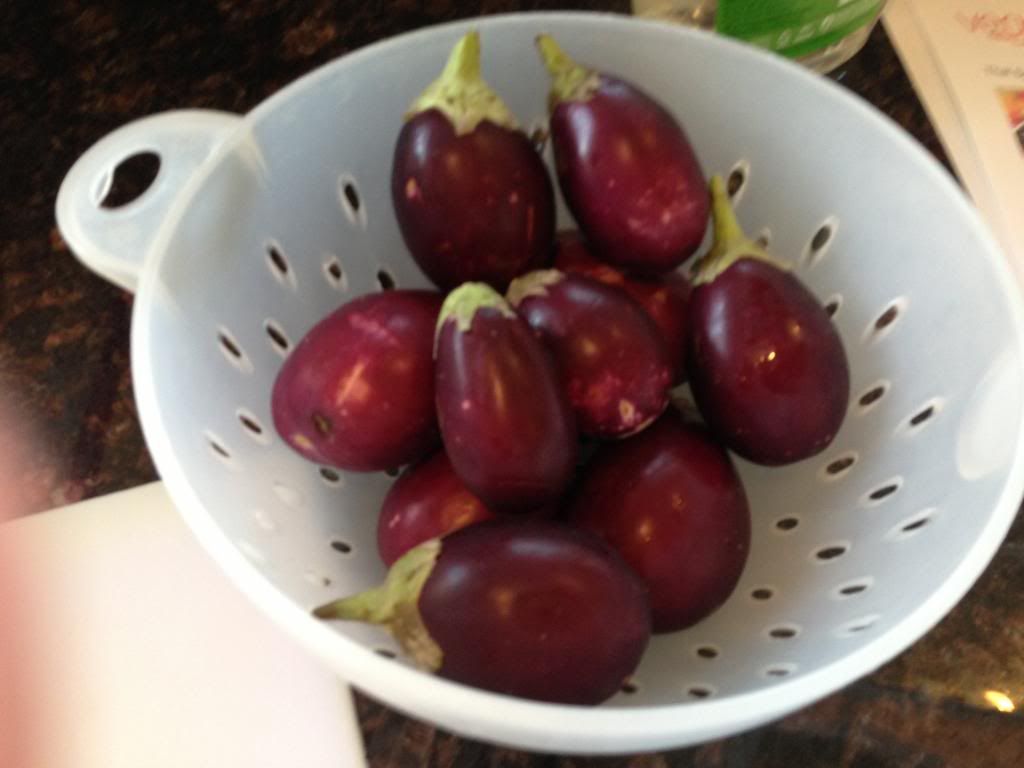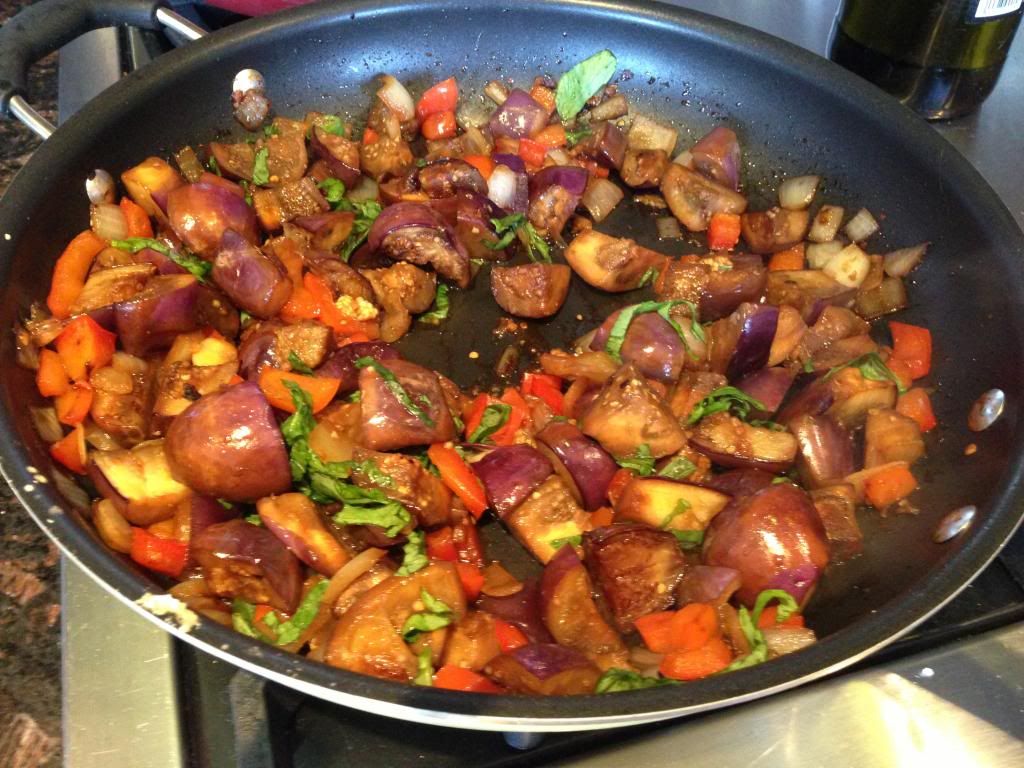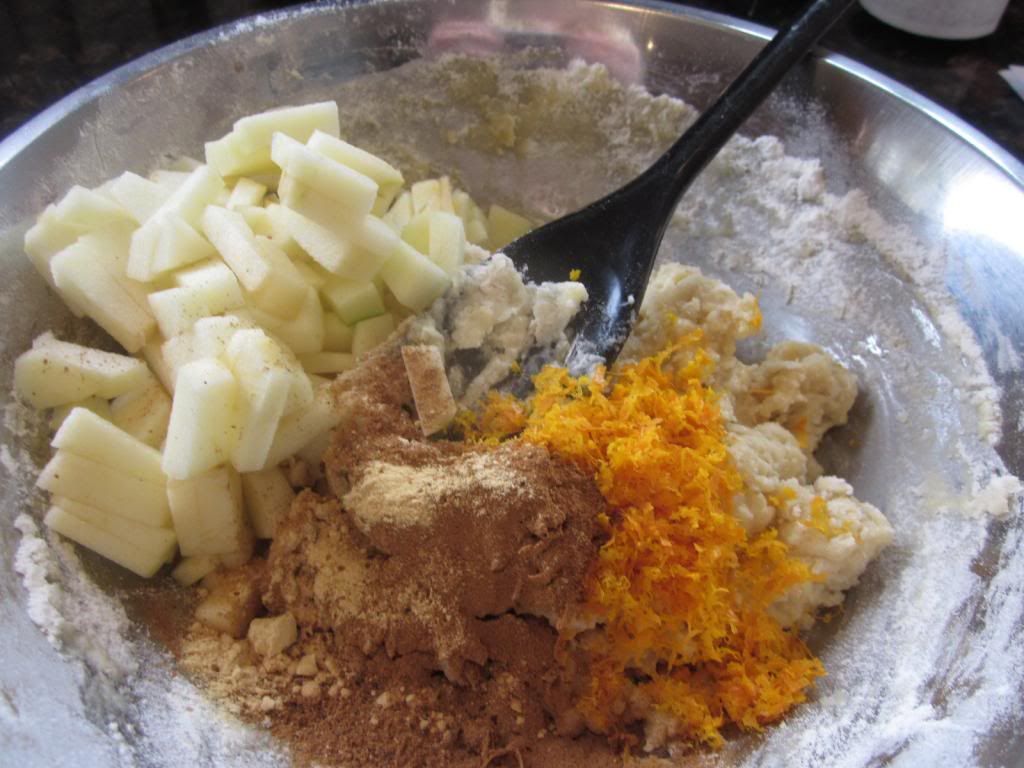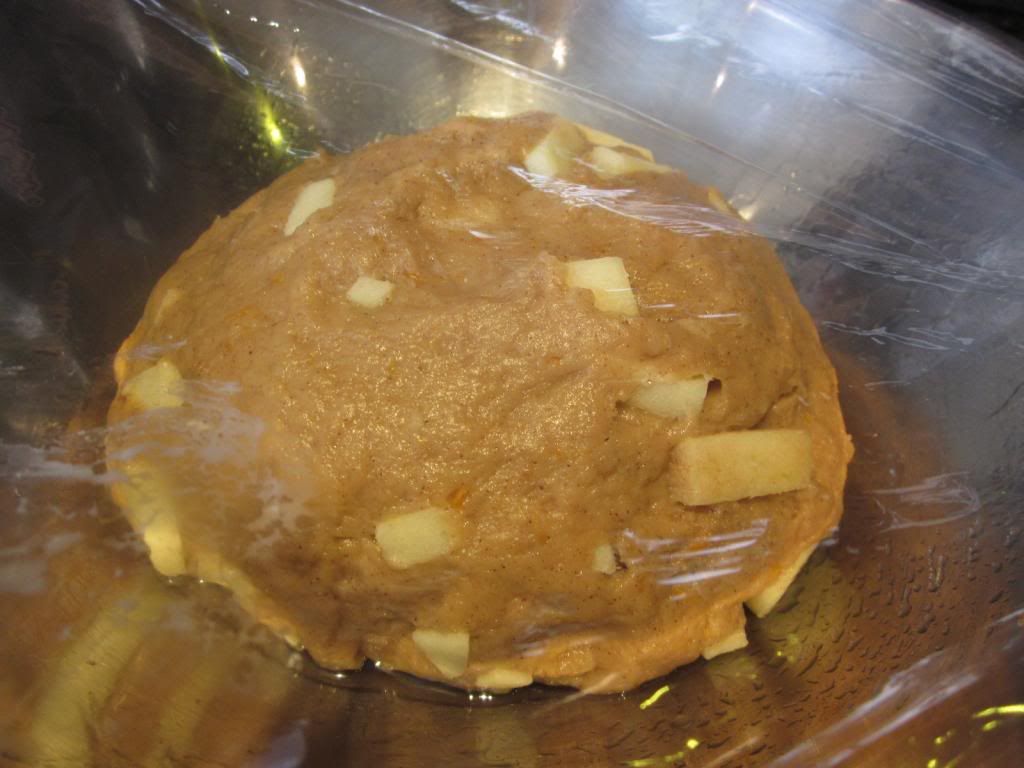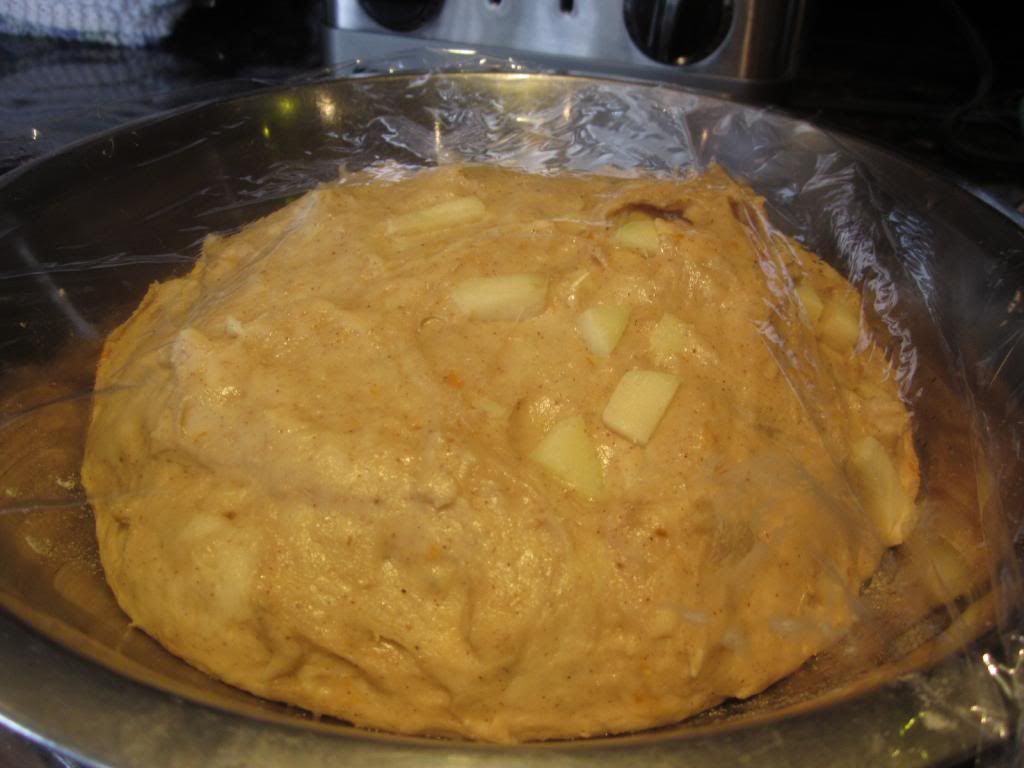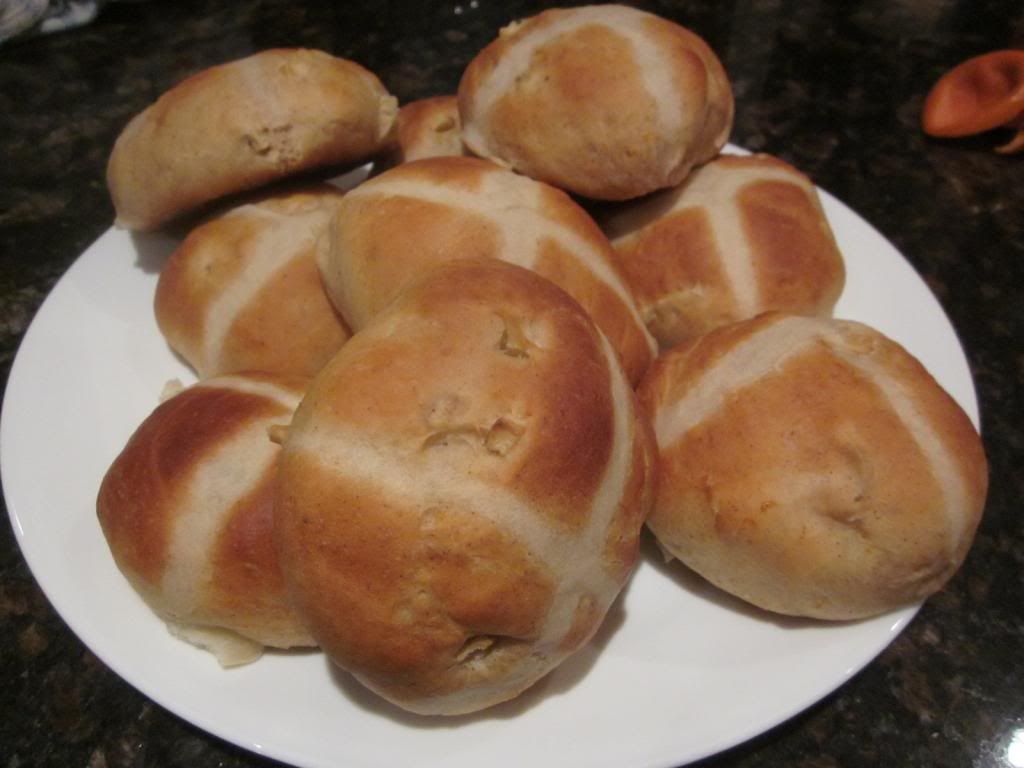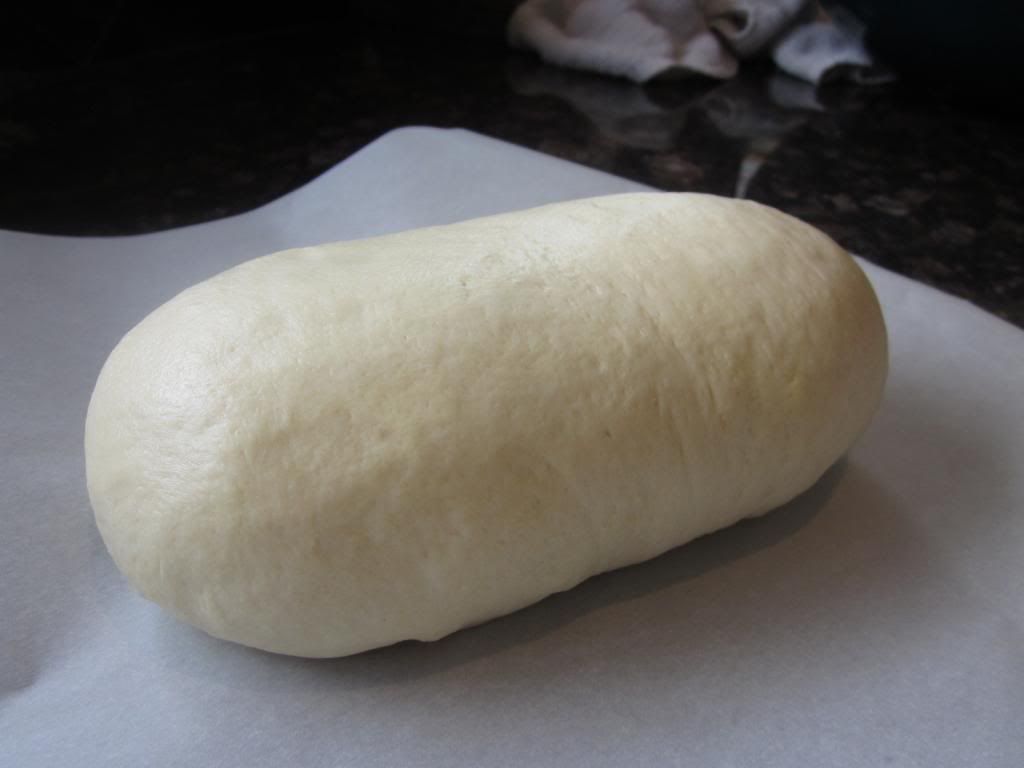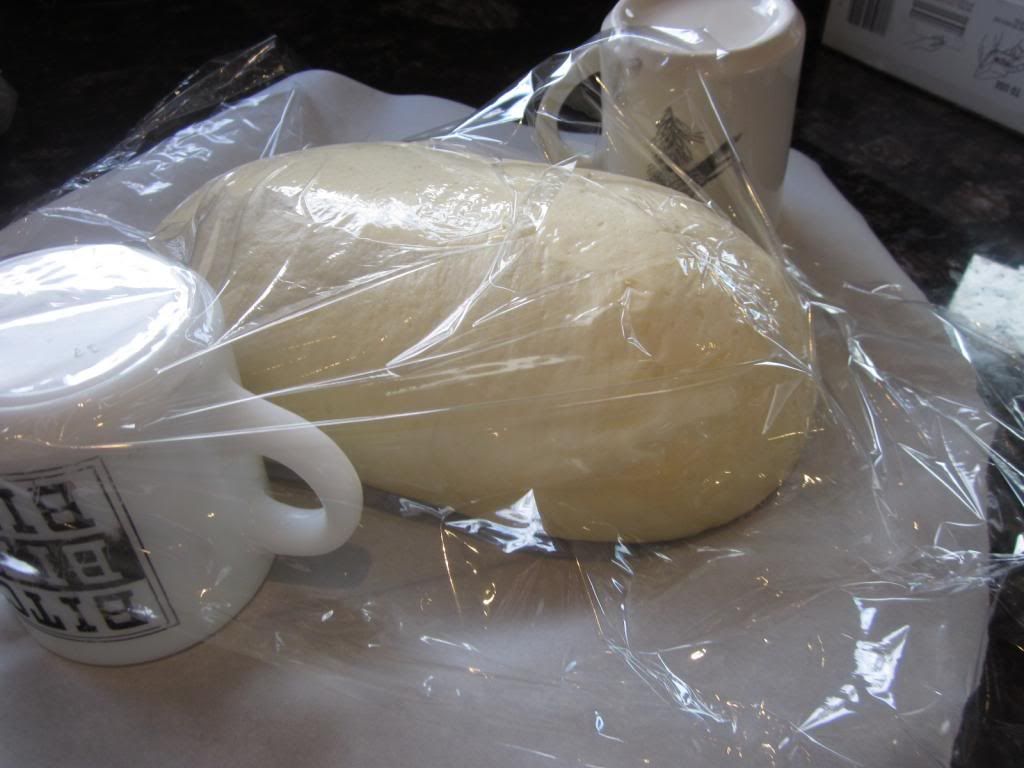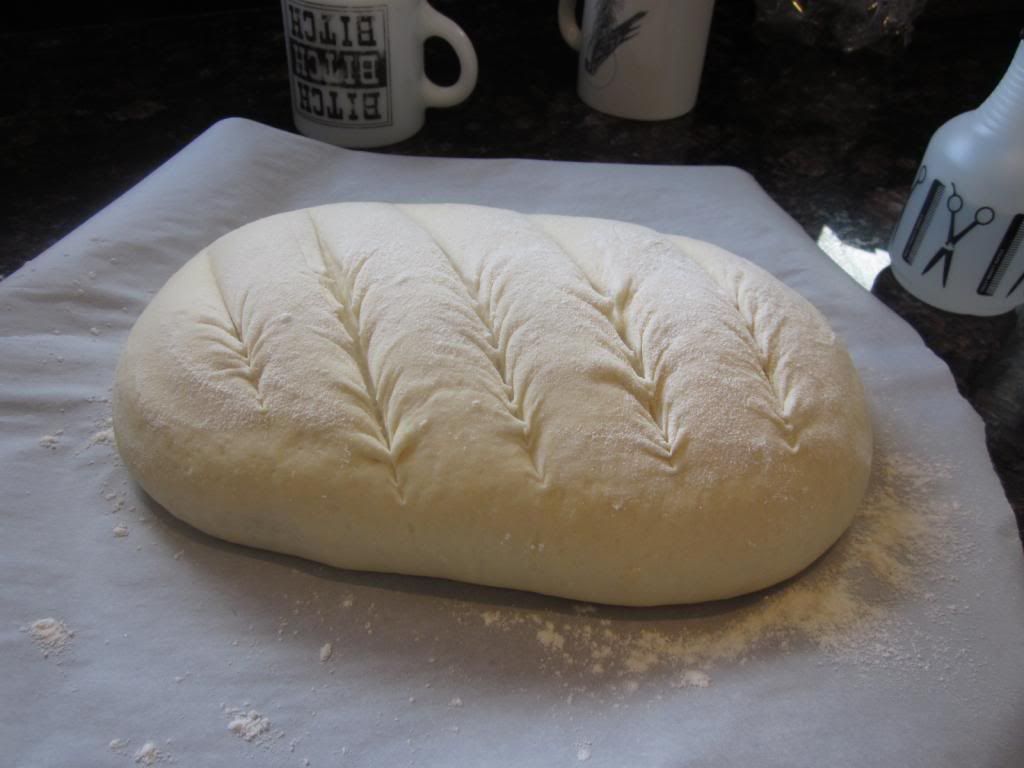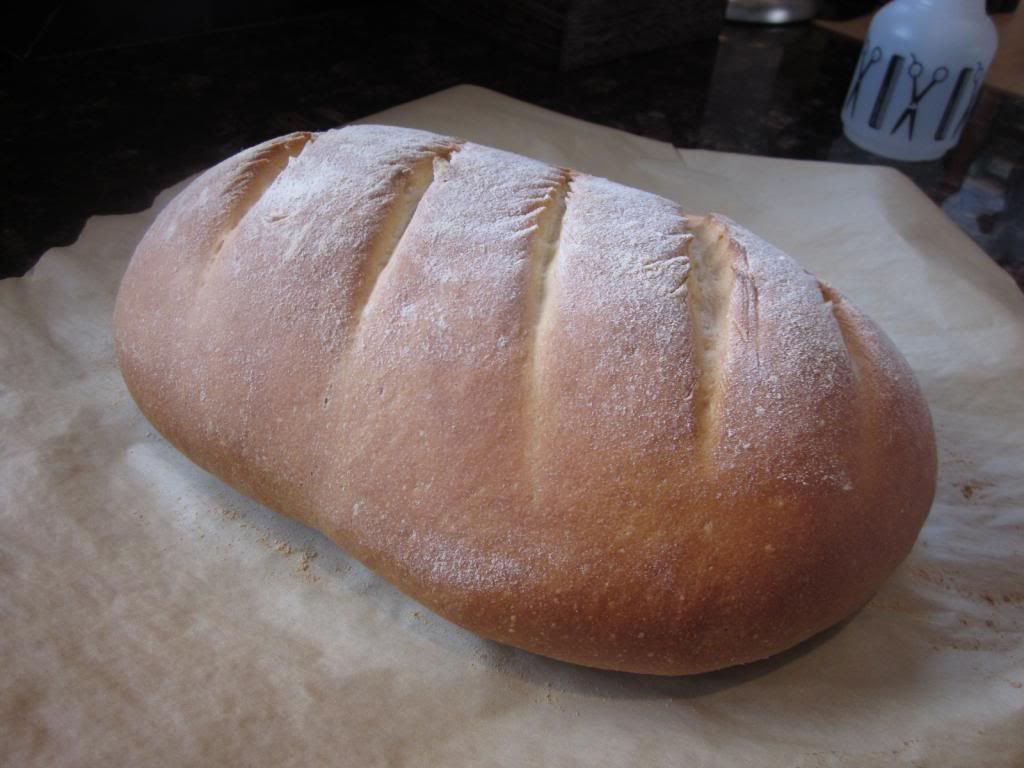I try to make this traditional Korean dish for New Year's Day every year. In addition to it tasting really good, I like to be able to cook food that my husband loves/reminds him of childhood. Don't be afraid of cooking with the anchovies--they look like odd little fish mummies but you strain them out of the broth (then feed to cats) and they really set off the flavor of the small amount of beef in the recipe. I was just listening to a radio show with Bridget Lancaster and Jack Bishop who explained why they make it so much better:
"Glutamates ... [are] savory compounds; your taste receptors will pick
that up and say, wow, that's nice and savory. But anchovies, in
particular, they contain something else. It's another compound called a
nucleotide — and a nucleotide plus a glutamate basically is a savory
explosion. It really amps up the flavor of the glutamates 20, 30, even
perhaps 40 times. So if you're tasting beef on its own, or soy sauce, or
any of those glutamate-rich ingredients, your tongue will say, wow,
that's very beefy. You add something with nucleotides in it, say
anchovies, and you'll say this is the best beef stew ever. It tastes so
much more meaty than meat."
I ordered the Cook's Illustrated "Science of Good Cooking" and I'm sure that will give me a nice review of all of this. I think the glutamate/nucleotide phenomena explains why Korean food is so impossibly good. Warning: Whenever you start cooking a new type of food you usually have to spend quite a bit initially to get all of your ingredients. I anticipate that you will need to drop about $20 at an Asian market to get everything. This, kids, is why I rarely make Indian food at home X)
I used the rough instructions that my Mother-in-law gave me (she doesn't write anything down) and this basic
fooddotcom recipe to fill in the blanks. You need to marinate the beef while the rice cakes soak. I get very thinly sliced beef from the Korean market (no idea what cut but when you're slicing it very thinly, marinating, and putting it into a soup it doesn't really matter). I usually marinate the big slices, they are about the size of playing cards and 1/8 inch thick, and then cut them into tiny strips after I have browned them. Cutting into strips before marinating works too but I find that cooked meat is easier to cut into very thin strips.
Ddeok Gook:
1 package thin sliced korean rice cake (I used about half of the package which is probably a little too much)
1/2 cup dried anchovy (myeol chi - I think the Japanese word is naboshi)
6 cups water
(I just filled a large pot I have, I think I used closer to 8 or 9 cups)
2 green onions, chopped
4 ounces beef, cut into thin strips
2 eggs, gently beaten
(season with a little salt)
2 sheets nori (seasoned kim , dried laver seaweed)
Beef Marinade:
1/4 teaspoon soy sauce
1/4 teaspoon sesame oil
1/8 teaspoon sugar
1/8 teaspoon pepper
1/8 teaspoon minced garlic
Directions:
1. Soak the rice cake in cold water for 30 minutes.
2. Marinate the beef in the soy sauce, sesame oil, pepper, sugar, and minced garlic.
3. Saute the beef in a skillet, then set aside.
4. Put the 6 cups of water and the dried anchovies in a pot.
5. Bring to a boil, then reduce to a simmer for 5 minutes.
6. Strain out the anchovies and return the broth to the pot.
7. Add the rice cakes to the broth.
8. Bring to a boil, then reduce the heat to medium.
9
Cook for 5 minutes, until tender (check them often, the original recipe said 10 to 15 but mine were already soft after a few minutes).
10
Add the green onions.
11
Pour the egg in a little at a time.
12
Let it set a bit, then stir- if you stir right after adding the egg, the broth gets milky (this happened to me but it does not effect the taste imo).
13
Put into bowls.
14
Garnish each bowl with some beef and some strips of kim.
